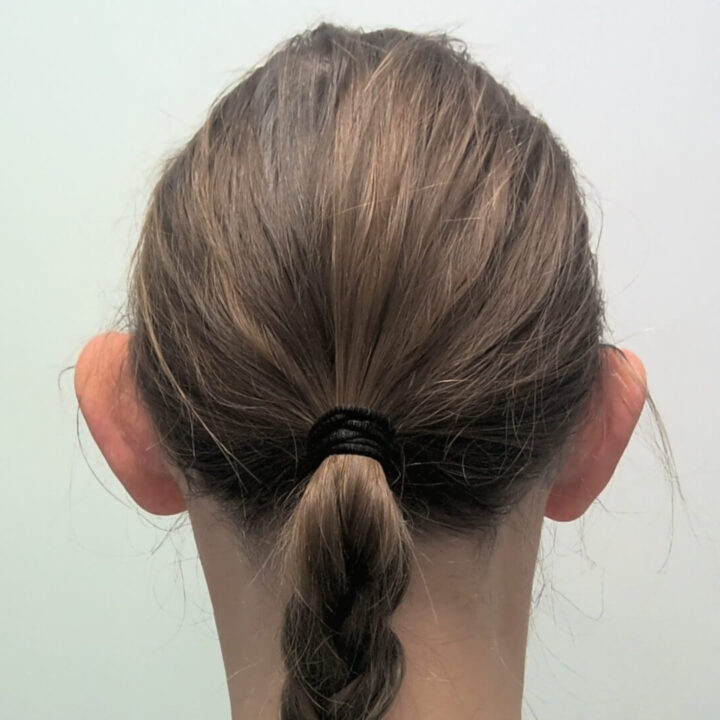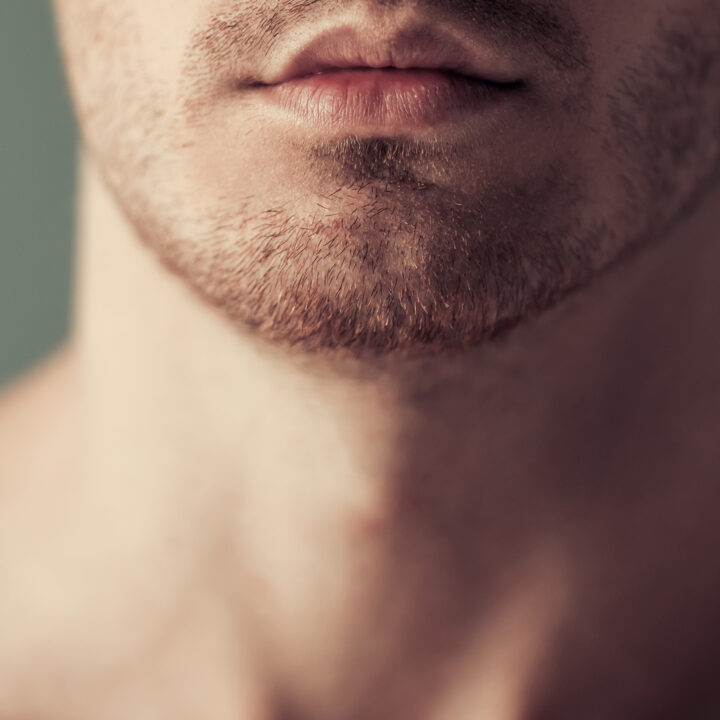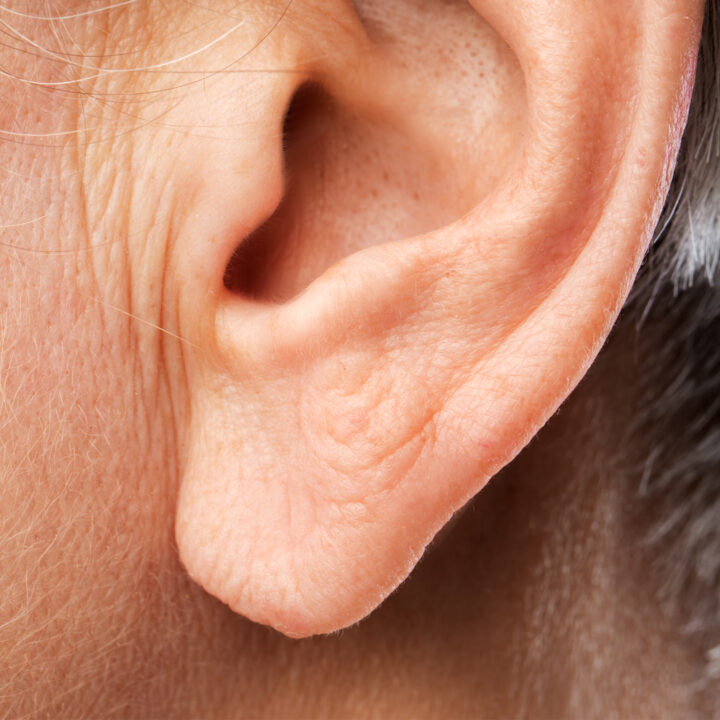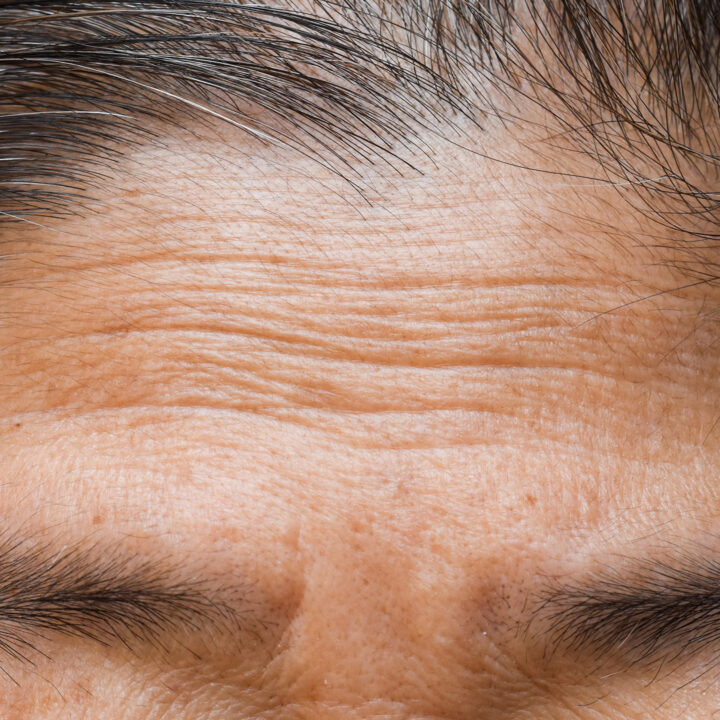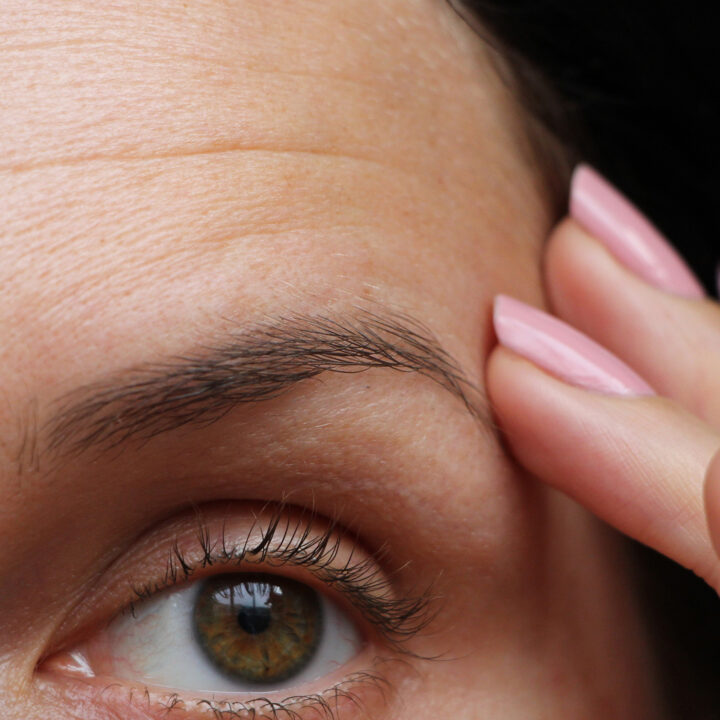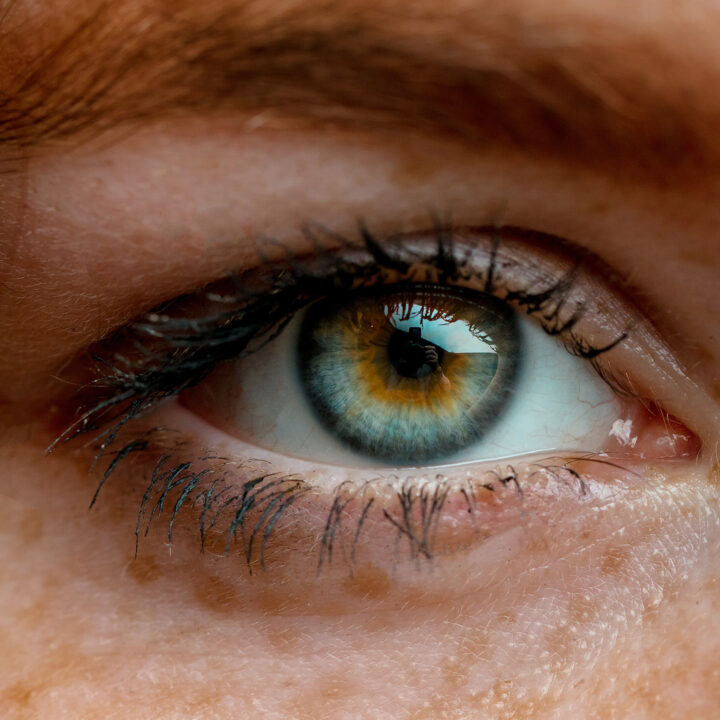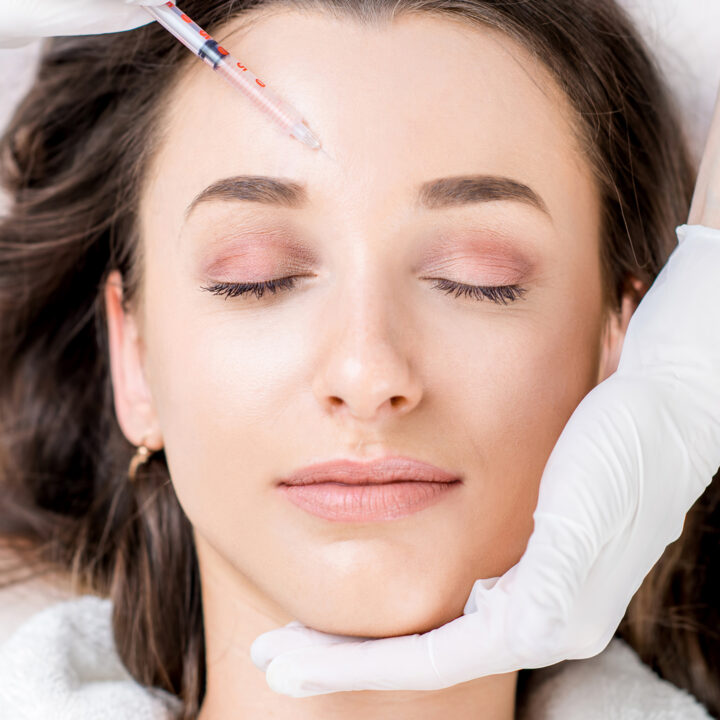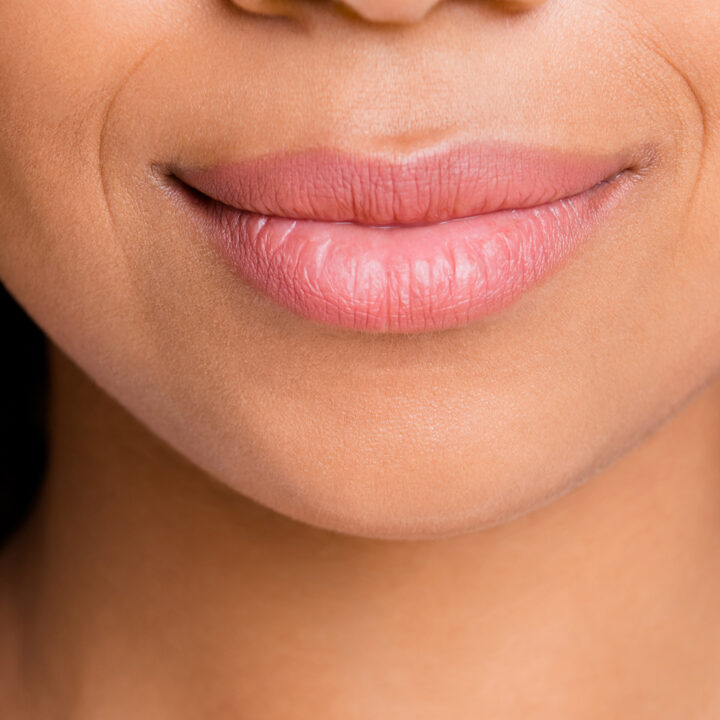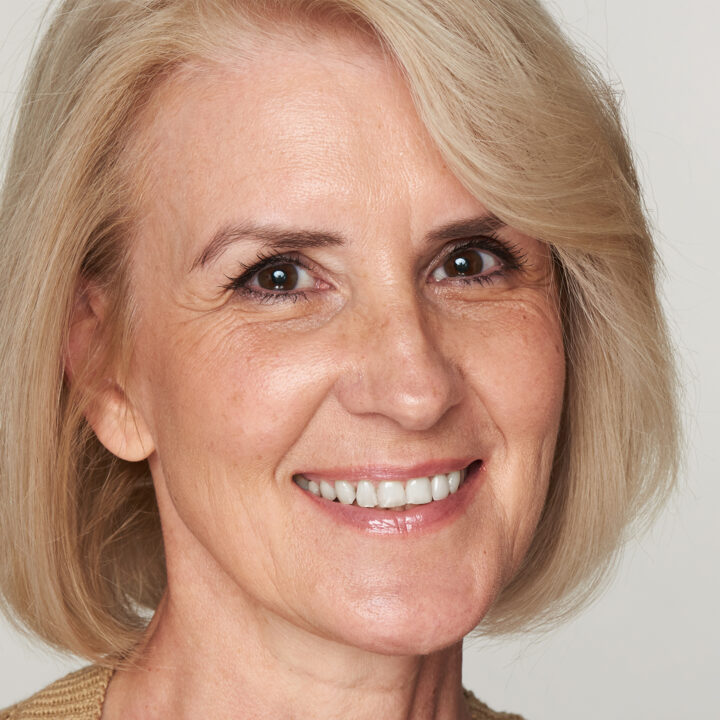Ear correction
Your ears may be so prominent that they can cause you embarrassment or distress. Protruding ears are the result of inherited abnormalities in the cartilage of the outer ear. An ear correction can significantly improve the shape of your ears.
Plastic surgery corrects the position of the ears so that they are brought closer to the head instead of sticking out. Our experienced plastic surgeons will be happy to provide you with more information in a free first consultation.
What does the ear correction cost
01 More information
An ear correction procedure can be performed to change the size, shape and position of the ear. The aim of an ear correction is to make the ears fit in harmoniously with the rest of the face.
Protruding ears are often a source of irritation and sometimes even psychological distress. A minor ear correction procedure can correct the position of the ears, immediately resolving any feelings of irritation and insecurity.
Just as with the nose, the ears are prominent features that determine what you look like. Ears that are abnormal in size, shape or position can be really noticeable. Large ears, for instance, are often a source of acute embarrassment.
Protruding ears are quite common. They occur as a result of an inherited abnormality in the cartilage of the outer ear. The ear sticks out perpendicular to the head. An ear correction is an excellent way of changing the position of the outer ear. An ear correction is a minor procedure that can lead to significant improvements. An ear correction is a really simple way of changing your appearance for the better, and putting an end to unwanted attention from others.
Prices ear correction
The price of an ear correction differs per treatment:
– With a normal ear correction, the shape of the auricle is normal. In this procedure, the ear is placed closer to the skull.
– With an extensive ear correction, the shape of the auricle deviates and additional procedures must be performed. During the extensive ear correction, a suture is placed under the skin in the cartilage at the back of the ear and at the front of the ear to correct the contour.
Both procedures can also be combined with each other. An important variable for the cost of the ear correction is the technique used to perform the correction. The extensive ear correction is a more complicated and longer-lasting surgical technique. This is also the reason that this surgical technique is more expensive.
02 Consultation
Plastic surgeon
The consultation is always held with the plastic surgeon who will be carrying out your procedure.
During this consultation, you can discuss what bothers you the most about your ears and what you would like to have changed. Your plastic surgeon will take photos for your medical file, and will examine your ears. In front of a mirror, you will both talk about what you want to achieve with respect to your ear correction. The plastic surgeon will then suggest the most suitable surgical technique for you and discuss it with you. In front of a mirror, you will be shown what this technique will entail and what you can expect in terms of end results. The expected recovery period and any risks and complications will also be talked through with you.
You will then be in a position to make a well-informed decision. The plastic surgeon will show you before and after photos of ear correction procedures they have previously performed, and you will then have a further opportunity to ask any questions you may have. A summary of your consultation will then be set out in a treatment plan, and the overall costs will be discussed with you directly. The consultation will take approximately 45 minutes, and aims to inform you as clearly and fully as possible.
Consultants
Following on from your first consultation with your plastic surgeon, you will have an appointment with your consultant. The aim of this appointment is to tell you about the general aspects to be arranged with respect to your ear correction.
03 Procedure
You are expected to arrive at the Boerhaave clinic half an hour before your ear correction.
An ear correction is performed under local sedation. Before the operation, the plastic surgeon carefully marks out what they are going to do. The local sedation is then administered.
You will lie on your back on the table in the operating theatre. The plastic surgeon will inject local anaesthetic around your ear to make it numb. You will then no longer be able to feel anything, but will remain fully conscious of what is going on.
Before your treatment, the plastic surgeon will use a sterile pen to mark out the excess skin and cartilage. They will then make an incision behind the ear with a small scalpel. The excess cartilage is removed and the outer ear is then fixed in position and/or reshaped. If you do not have a natural crease behind your ear, this can be created by permanently pinning the cartilage back or by remodelling the cartilage to the desired shape. Sometimes a combination of both techniques is required to achieve the desired results. The incision is closed with absorbable stitches and then taped up with small plasters.
You will be free to go home half an hour after an ear correction. You must first wait for the nursing staff and plastic surgeon to give their approval for you to leave.
Head bandage
To protect your ears and maintain the shape and position of the ears, you will be given a head bandage to wear immediately after the procedure. This bandage must be worn for the first week, day and night. After a week, the bandage will be removed, together with the knots of the stitches. You will be given an elastic headband instead. This should be worn at night for a further 5 weeks.
04 After care and recovery
Immediately after the ear correction, you may feel increasing pain around your ears. This is because the sedation is starting to wear off. It is annoying, but the pain is usually manageable. In the first week, you may have headaches and feel pain and pulling around the ears. The skin and cartilage are still under tension.
Recovery
You generally need 7 to 14 days to recover from an ear correction. The treated area will initially be bruised, sore and swollen. The outer ear may stay red, swollen and sensitive or sometimes even numb for weeks. These symptoms are not worrying and usually disappear after a couple of weeks. The scars may also look red and raised immediately after the ear correction procedure. You shouldn’t worry about this, as it is your body’s natural reaction. This may last for a couple of weeks, and will disappear over the course of time.
After care
Our staff do their utmost to achieve the best possible results for you, and the same applies for care after your procedure. You also play a very important role in this process. It is therefore important that you follow the instructions you have been given after your ear correction.
Scar cream
At your first check-up, you will be given a scar care cream to take home with you. Once the wound has closed and the scabs have disappeared, you can start applying the scar cream. If you apply this cream to the closed wound twice a day, you increase the chance of the wound healing nicely.
05 Results
After a number of weeks, the skin will be tighter, the discolouration will fade and you will already be able to see the results. The results of an ear correction procedure usually last for life, unless any incidents occur that may affect the shape of the ears.
An ear correction offers an improvement, but not perfection. A 100 percent guarantee cannot be given that the protruding ears will be corrected. The cartilage of the outer ear is a tough tissue, and may sometimes return to its original shape and position. An ear correction can provide a vast improvement, but symmetry of the ears is not fully guaranteed in all cases. The results of an ear correction are difficult to predict in advance. The correction of protruding ears can greatly change what you look like. So it may take some getting used to, but you will be amazed by the end results.
Scars
The plastic surgeon will do everything they can to ensure that the scars are virtually invisible. The scars will initially be red and swollen, but this will start to fade after a couple of weeks. It is useful to know that a scar takes 1 to 1½ years to completely calm down. So remember to apply the scar cream to your scars and stay out of the sun.
06 Risks and complications
It is important you are aware that every surgical intervention can entail risks and complications. Ear corrections are in principle carried out on healthy people, so the risks and chances of complications are low. We make sure these risks are reduced to an absolute minimum, by providing plenty of information, taking a thorough medical history (noting your case history, including medication, any problems experienced in previous operations, allergies, etc.) and applying our professional procedures.
Ear corrections are successfully performed on many people each year at the Boerhaave Medical Centre. The chances of any complications arising are luckily rare. You can help reduce certain risks by carefully reading through the instructions you are given prior to your ear correction.
Possible complications of an ear correction may be:
- Haematoma (blood clot under the skin which has to be removed)
- Adverse reaction to the sedation
- Haemorrhaging
- Infection
- Change in sensitivity around the ears and in the face around the ears
- Permanent scars
- Asymmetry of the ears, which may happen post-surgery.
- Unsatisfactory aesthetic result.
Smoking
Patients who smoke or use tobacco or nicotine products (such as nicotine patches and chewing gum) at the time of their surgery have a greater risk of complications, such as skin loss and impaired wound healing. People who are exposed to passive smoking may also have an increased risk of complications such as these. What’s more, smoking may have a negative effect on the anaesthesia, which may in turn lead to an increased risk of bleeding. People who are not exposed to tobacco smoke or nicotine-containing products have a significantly lower risk of such complications. It is important not to smoke for at least 2 weeks prior to the operation and to keep this up for the entire recovery process.
More information
Plan your appointment now in our agenda or let us call you back.







